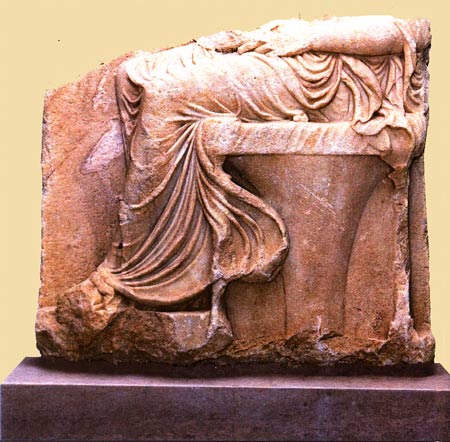 The Archaeological Museum of Nissyros is situated at the center of the town of Mandraki; the building, constructed with funding by the Yannidis family, was transferred to Nissyros Municipality and consequently to the Ministry of Culture. Conversions to the building, as well as the organization of the exhibition, were implemented by the 22nd Ephorate of Prehistoric and Classical Antiquities, within the South Aegean Regional Operational Programme 2000-2006.
The Archaeological Museum of Nissyros is situated at the center of the town of Mandraki; the building, constructed with funding by the Yannidis family, was transferred to Nissyros Municipality and consequently to the Ministry of Culture. Conversions to the building, as well as the organization of the exhibition, were implemented by the 22nd Ephorate of Prehistoric and Classical Antiquities, within the South Aegean Regional Operational Programme 2000-2006.
The exhibition of the diachronic Museum of Nissyros is organized in units covering the entire course of the island's history down to the post Byzantine period.
In the first room information panels narrate the mythology and history of the island; the major monuments are presented to the visitor through maps, photographs and texts.
The two cases of the room display finds of the prehistoric period (4th - 2nd millennium BC), mainly from the Neolithic installation on the near-by volcanic islet Giali, which was rich in deposits of obsidian; special emphasis is given to the process of making obsidian tools.
The Archaic period (7th - 6th c. BC) is a time of thriving for Nissyros.
 Evidence of this prosperity are the rich finds of the cemetery at Ag. Yannis, above Mandraki, which included mostly cremation burials. Notable are plates and oinochoae with rich painted decoration of animals and sphinxes, products of the well-known "Nissyros workshop". The island's prosperity continues in the Classical period (5th - 4th c. BC), during which the deceased were interred in large terracotta pithoi or in sarcophagoi. The vessels accompanying these burials are red-figured and black-glazed vases from Attica, along with remarkable terracotta figurines of local workshops.
A separate room was reserved for the reproduction of a small part of the cemetery.
Evidence of this prosperity are the rich finds of the cemetery at Ag. Yannis, above Mandraki, which included mostly cremation burials. Notable are plates and oinochoae with rich painted decoration of animals and sphinxes, products of the well-known "Nissyros workshop". The island's prosperity continues in the Classical period (5th - 4th c. BC), during which the deceased were interred in large terracotta pithoi or in sarcophagoi. The vessels accompanying these burials are red-figured and black-glazed vases from Attica, along with remarkable terracotta figurines of local workshops.
A separate room was reserved for the reproduction of a small part of the cemetery.
The Hellenistic period is represented with important inscriptions referring to historic events and to illustrious Nissyrians who distinguished themselves in high military office, as well as relief funerary stelae, altars, lyric epigrams and some sculpture. Central place in this section is held by a statue base in the shape of a ship's prow.
On the lower level finds of the Late Antiquity and of the Byzantine and post-Byzantine periods are exhibited. Peculiar relief funerary stelae of the Late Roman period, column capitals from the Early Christian basilicas on the island, fragments of Byzantine wallpaintings, a woodcut iconostasis and icons of the post-Byzantine period comprise some of the displays of the unit. In the last room of the Museum, plates from a 19th century ship-wreck in the vicinity of Nissyros, are presented.
Slide projections and a short film referring to the excavation and the restoration of the acropolis fortification wall on Palaiokastro, assist the visitor to acquire an over view of the island's history and its monuments.
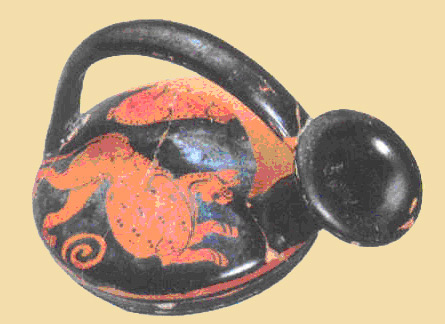
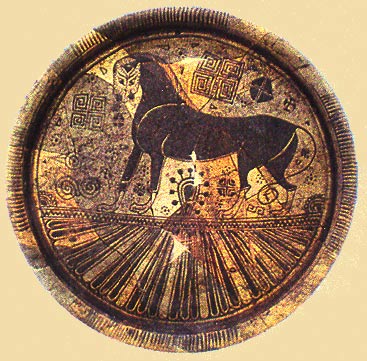
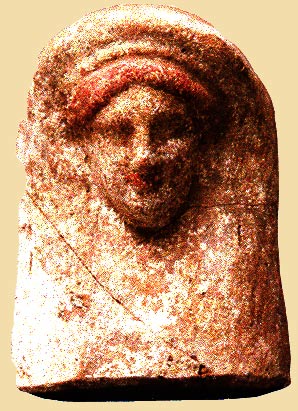
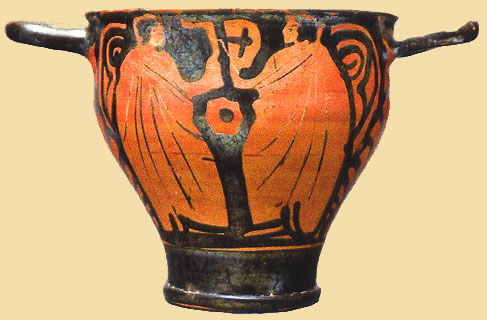
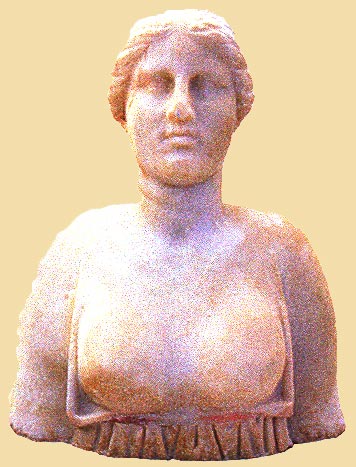
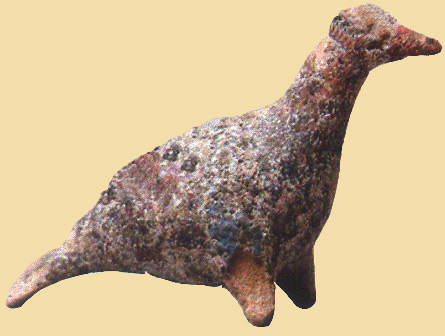
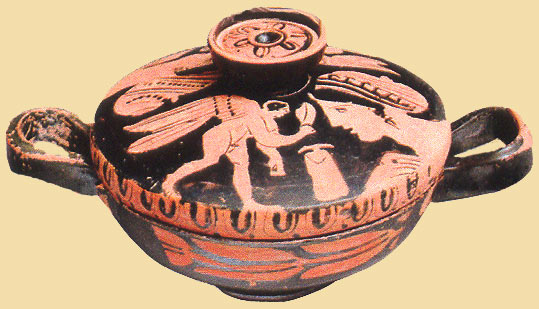
Text:Melina Filimonos-Tsopotou, Kalliope Bairami Translation: Foteini Zervaki
2009 © Ministry of Culture-22nd Ephorat of Prehistoric and Classical Antiquities.
The project was implemented by the 22nd Ephorat of Prehistoric and Classical Antiquities, within the South Aegean Regional Operational Program 2000-2006; it was funded 78,5% by the European Union Structural Funds and 21,5% by the Greek State.